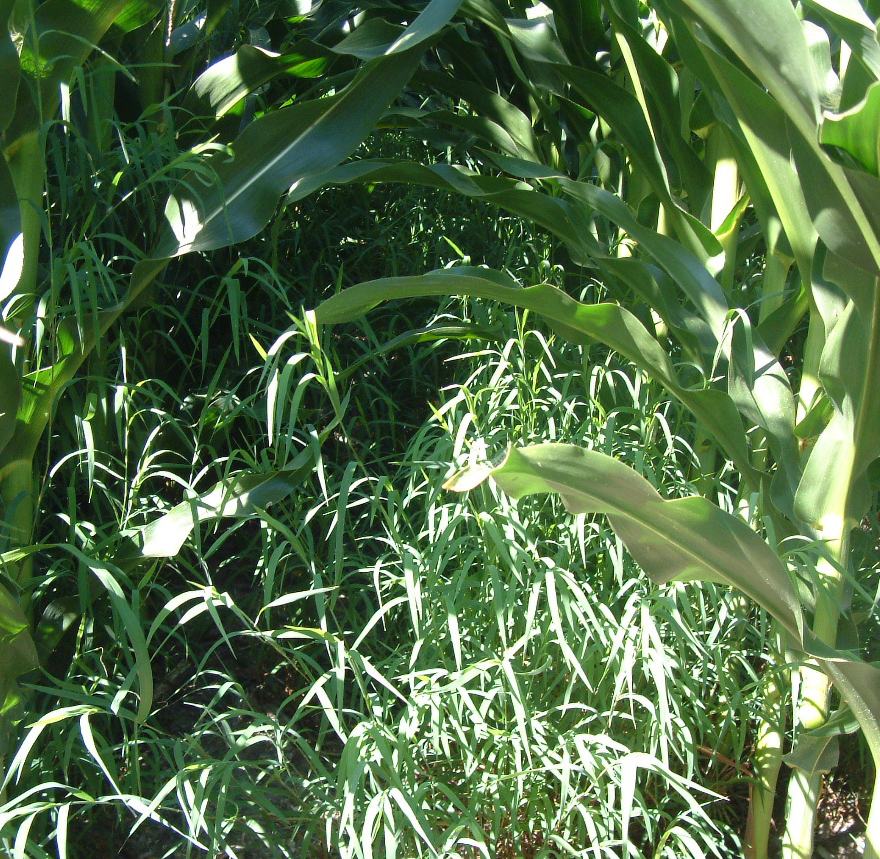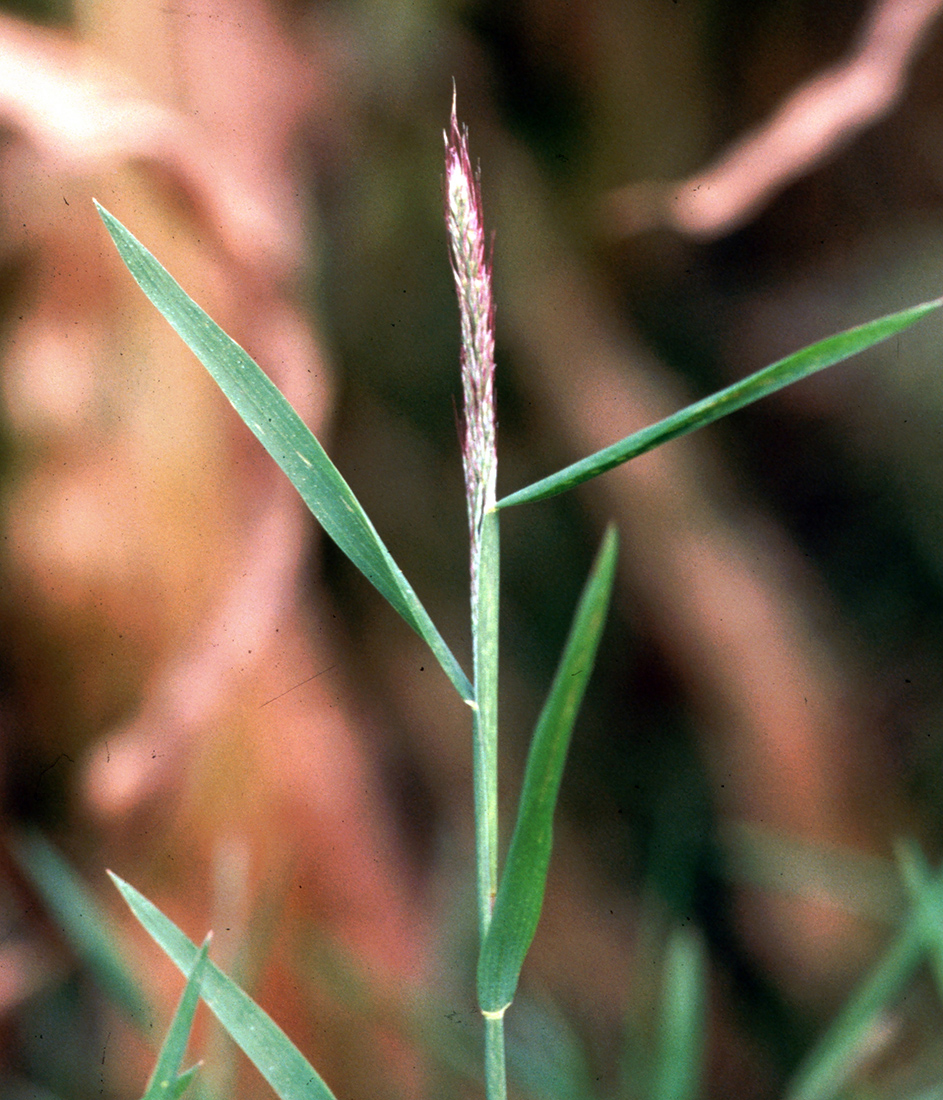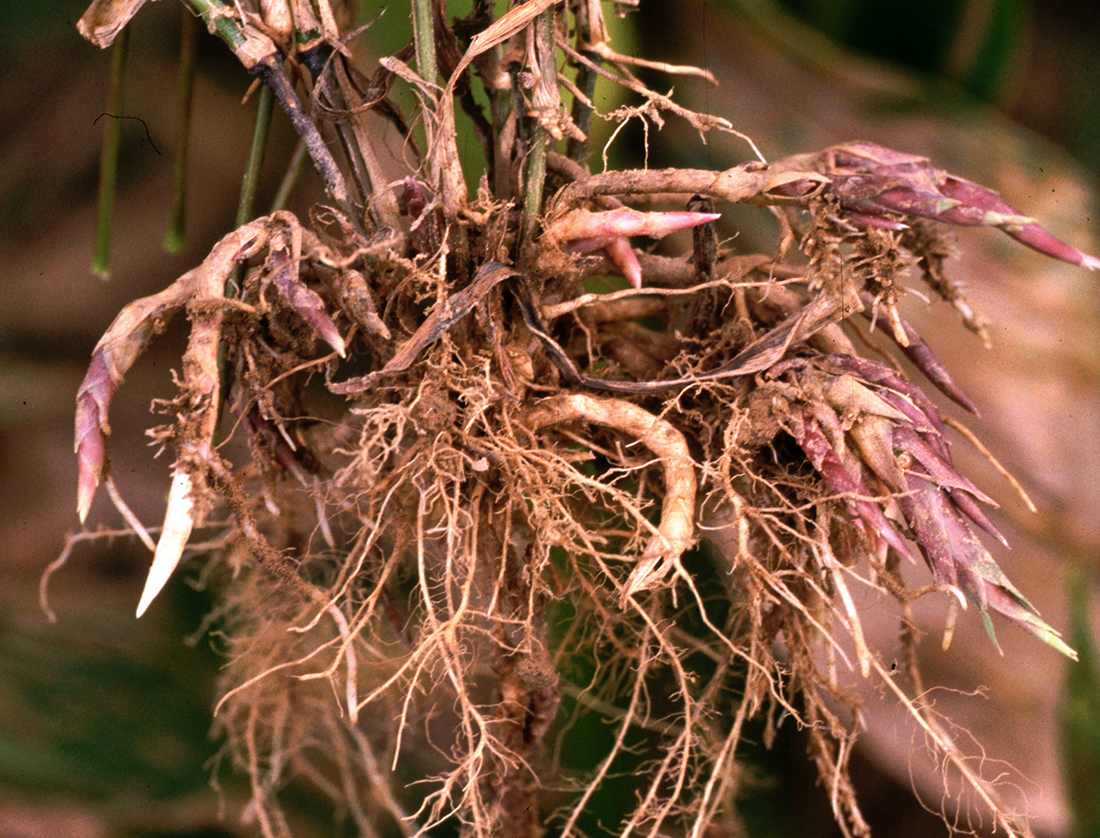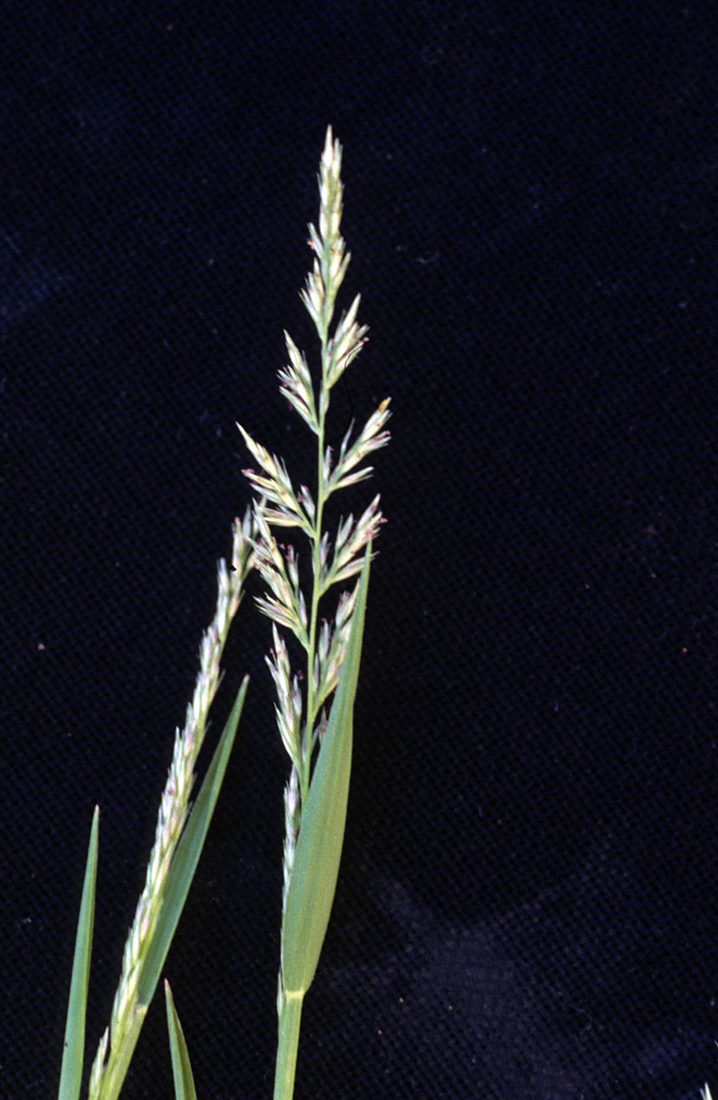Wire-Stemmed Muhly
- Grass (Poaceae family):
- Muhlenbergia frondosa (Poir.) Fern.
- EPPO code:
- MUHFR
Species information
- Lifecycle:
- Perennial.
- Propagation:
- Reproduces primarily by underground rhizomes and seeds.
- Emergence:
- Shoots emerge from rhizomes throughout the season.
- Habitat:
- Wire-stemmed muhly is most commonly found in southern and eastern Ontario, but originates in the rich soil found in flood plains, along riverbanks and on shorelines. It also grows in cultivated fields, pastures, lawns and gardens.
- Competitiveness:
- University of Guelph (Ridgetown campus) research has shown that when typical field densities of wire-stemmed muhly are poorly controlled in field corn, yield losses of nearly 20% can be observed.
Identification clues
- Auricles:
- None.
- Ligule:
- While the wire-stemmed muhly ligules are membranous, they have an outer margin that is ragged, which makes it appear hairy.
- Leaf blade:
- The leaf blades of wire-stemmed muhly are thin, long and hairless on both sides.
- Leaf sheath:
- The leaf sheath and leaf sheath margins are hairless.
- Stem:
- Round.
- Seed heads:
- Seed heads are comprised of small, soft and somewhat silky panicles.
- Roots:
- Rhizomes are located just below the soil’s surface, usually in a mangled clump. They have distinctively short, scaly and brown to pinky-purple segments that are branched and break off very easily.
Often mistaken for
I know it's not Quackgrass because wire-stemmed muhly lacks auricles, and has very wiry stems with long, thin leaves. Most distinctively, wire-stemmed muhly has pinky-purple rhizomes that are short, scaly and brittle.




Updated: January 13, 2023
Published: January 13, 2023